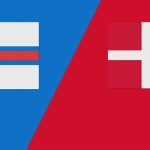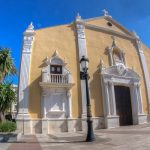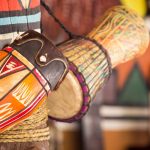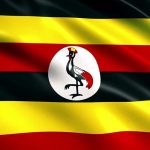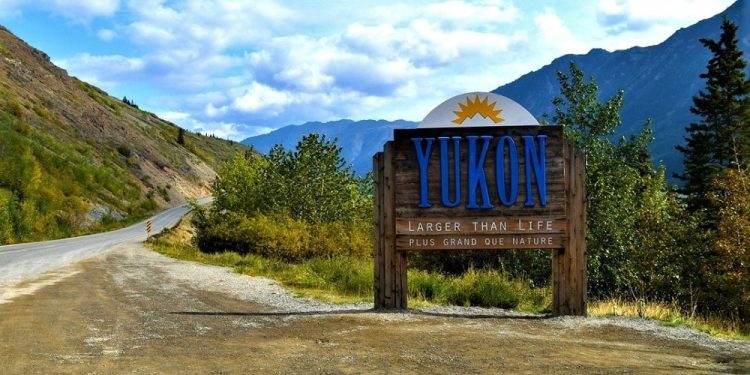
Yukon Heritage Day
Celebrated on the Friday before the last Sunday in February every year, Yukon Heritage Day is a public holiday in the smallest of Canada’s three northern territories. The Yukon is a territory in the northwest corner of Canada and has a northern border that brushes against the Arctic Ocean.
This holiday has been celebrated as a territorial holiday since the mid-1970s, and it’s a day off for the general population. This is also a holiday when schools and government offices are closed, as are many of the businesses that operate in the territory.
The History Of Yukon Heritage Day
The first Heritage Day in Canada was created by the Heritage Canada Foundation in 1973. It was created to promote Canada’s cultural, historical, and natural heritage. In 1976, the Yukon observed its inaugural Heritage Day. It has been observed as a holiday ever since.
Fun Facts About The Yukon
Below are some fun facts about the Yukon that everyone celebrating this holiday should be aware of.
- The Yukon is twice the size of Victoria and is 483,340 square kilometers.
- Mount Logan is the highest peak in Canada.
- The Yukon’s Carcross Desert is only 2.6 square kilometers, making it the smallest desert in the world.
- The word ‘Yukon’ comes from the Native word “Yuk-un-ah,” which means “great river.”
Observing Yukon Heritage Day
In the capital of Whitehorse, the Yukon Sourdough Rendezvous is held every year on this date. This winter festival has been observed since the mid-1940s, but since Yukon Heritage Day has become a holiday, it has been set up to be celebrated on the holiday.
This festival includes air shows, sled dog races, snow sculpture contests, and the crowning of a Festival Queen. Other events that take place on this day include parades, plays, concerts, and even fireworks.


